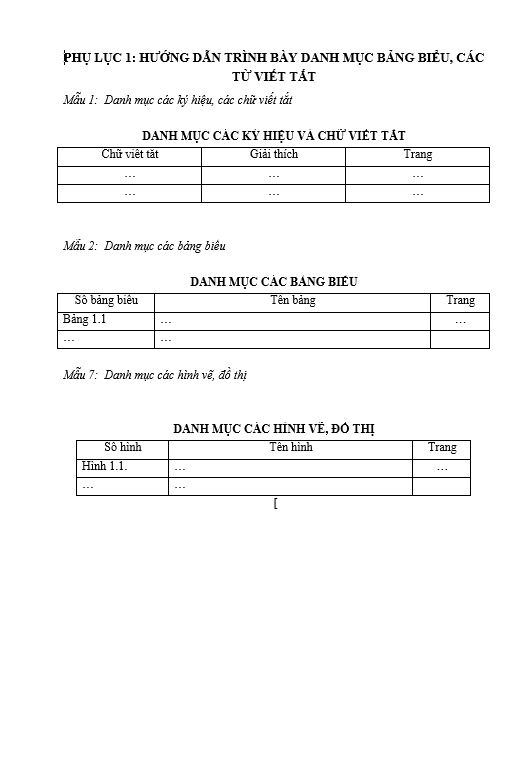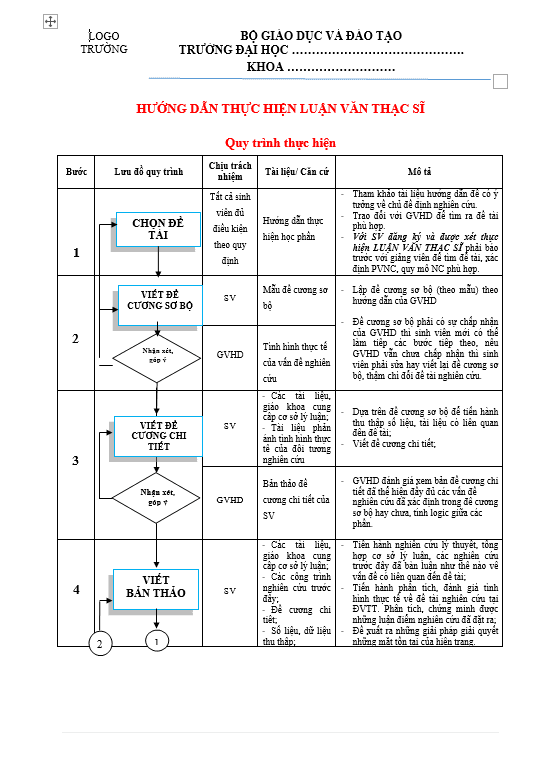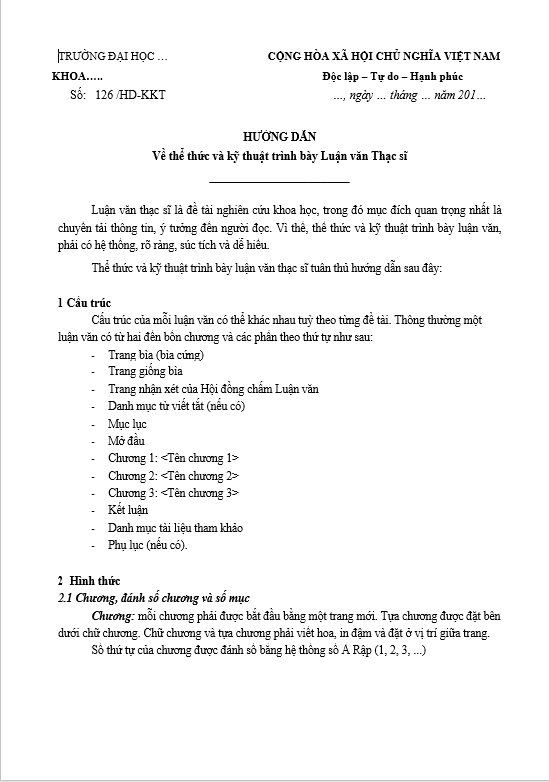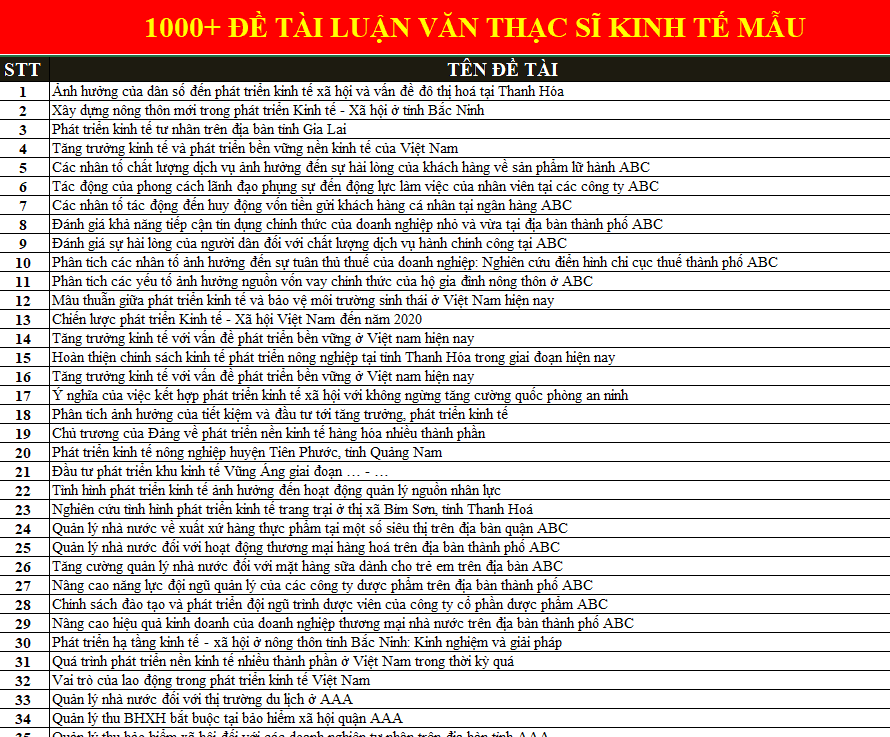TABLE OF CONTENTS
List of illustrations ……………………………………………………………………………………. p. 7
List of abbreviations …………………………………………………………………………….. p. 8
Acknowledgements ………………………………………………………………………….. p. 9
Abstract ……………………………………………………………………………………….. p. 10
Chapter 1, Introduction ………………………………………………………………….. p. 11
Chapter 2, Literature Review …………………………………………………….. p. 14
2.1. The French SMEs going to ASEAN countries ………………………………………… p. 14
2.1.1. The ASEAN countries …………………………………………………………………………. p. 14
2.1.2. The French Wine industry ………………………………………………………………….. p. 18
2.2. International marketing ……………………………………………………………………………… p. 19
2.2.1. Definition …………………………………………………………………………………………. p. 19
2.2.2. The eclectic paradigm ……………………………………………………………………….. p. 20
2.3. Internationalization of SMEs ……………………………………………………………………….. p. 21
2.3.1. Definition …………………………………………………………………………………………. p. 21
2.3.2. The Uppsala model …………………………………………………………………………… p. 23
2.3.3. The International New Ventures theory ………………………………………………. p. 25
2.3.4. The Network theory ………………………………………………………………………….. p. 26
Chapter 3, Methodology …………………………………………………………………………….. p. 30
3.1. Research questions …………………………………………………………………………………….. p. 30
3.2. Research purpose ………………………………………………………………………………………. p. 31
3.3. Research objectives ……………………………………………………………………………………. p. 31
3.4. Research philosophies ………………………………………………………………………………… p. 32
3.4.1. Research philosophy …………………………………………………………………………. p. 33
3.4.2. Research approach ……………………………………………………………………………. p. 35
3.4.3. Research strategy ……………………………………………………………………………… p. 36
3.4.4. Research choice ……………………………………………………………………………….. p. 37
3.4.5. Time horizon ……………………………………………………………………………………. p. 37
3.4.6. Data collection and analysis ……………………………………………………………….. p. 38
3.5. Population and sampling …………………………………………………………………………….. p. 39
3.6. Plan ………………………………………………………………………………………………………….. p. 40
3.6.1. Practical efforts and research limitations …………………………………………….. p. 40
3.6.2. Personal bias ……………………………………………………………………………………. p. 40
3.6.3. Research ethics ………………………………………………………………………………… p. 41
3.6.4. Time allocation ……………………………………………………………………………………….. p. 41
3.7. Reliability and validity ………………………………………………………………………………. p. 42
3.8. Summary of the methodology used …………………………………………………………….. p. 43
Chapter 4, Data description and analysis ……………………………………………………….. p. 44
4.1. General information …………………………………………………………………………………… p. 44
4.2. Interview description ………………………………………………………………………………….. p. 45
4.2.1. Interview N°1, Chateau de France ………………………………………………………. p. 45
4.2.2. Interview N°2, Domaine Fourrey ………………………………………………………… p. 45
4.2.3. Interview N°3, Domaine Dampt Emmanuel ………………………………………….. p. 46
4.2.4. Interview N°4, Domaine Thierry Richoux ……………………………………………… p. 48
4.3. Data analysis ……………………………………………………………………………………………… p. 49
4.3.1. Summary of data ………………………………………………………………………………. p. 49
4.3.2. Data analysis ……………………………………………………………………………………. p. 49
4.3.2.1. The SMEs’ motivations for internationalize ……………………………….. p. 49
4.3.2.2. Entry modes used to go abroad ……………………………………………….. p. 51
4.3.2.3. Issues encountered when internationalize ………………………………… p. 52
4.3.2.4. Is there an activity within the ASEAN countries? ……………………….. p. 54
4.3.2.5. The current situation abroad …………………………………………………… p. 55
Chapter 5, Research findings ……………………………………………….. p. 57
5.1. What are the impacts of globalization on the internationalization of SMEs? ……. p. 57
5.2. What is the best strategic choice for the French SMEs to make a successful
internationalization? …………………………………………………………………………………. p. 58
5.3. How to know if the internationalization of SMEs is successful or not? …………….. p. 59
Chapter 6, Conclusion ……………………………………………………………….. p. 63
6.1. Conclusion ………………………………………………………………………………………………… p. 63
6.2. The role of the theories and how they describe the internationalization process of
SMEs ………………………………………………………………………………………………………… p. 63
6.3. The most useful aspects of the theories ……………………………………………………….. p. 64
6.4. The cyclic model of the internationalization of SMEs …………………………………….. p. 65
Chapter 7, Self-Assessment on Own Learning ………………………………………………… p. 70
7.1. Introduction ………………………………………………………………………………………………. p. 70
7.2. Reflection on Learning ………………………………………………………………………………… p. 70
7.2.1. Definition …………………………………………………………………………………………. p. 70
7.2.2. Relationships between Reflection and Learning …………………………………… p. 71
7.2.3. The Experiential Learning Theory (ELT) ………………………………………………. p. 72
7.3. Skills development ………………………………………………………………………………. p. 74
7.3.1. Research capabilities and analytical skills …………………………………………….. p. 74
7.3.2. Communication and language skills …………………………………………………….. p. 74
7.3.3. Academic knowledge ………………………………………………………………………… p. 75
7.3.4. Team working skills and working methodology ……………………………………. p. 76
7.3.5. Time management skills ……………………………………………………………………. p. 77
7.4. Future directions ………………………………………………………………… p. 77
Bibliography ………………………………………………………………………. p. 79
Appendices ………………………………………………………………………………………. p. 88
Appendix A, Interview’s questions ……………………………………………………………….. p. 89
Appendix B, The Confidentiality Agreement ………………………………………………….. p. 90
Appendix C, The Informed Consent Form ……………………………………………………… p. 91












